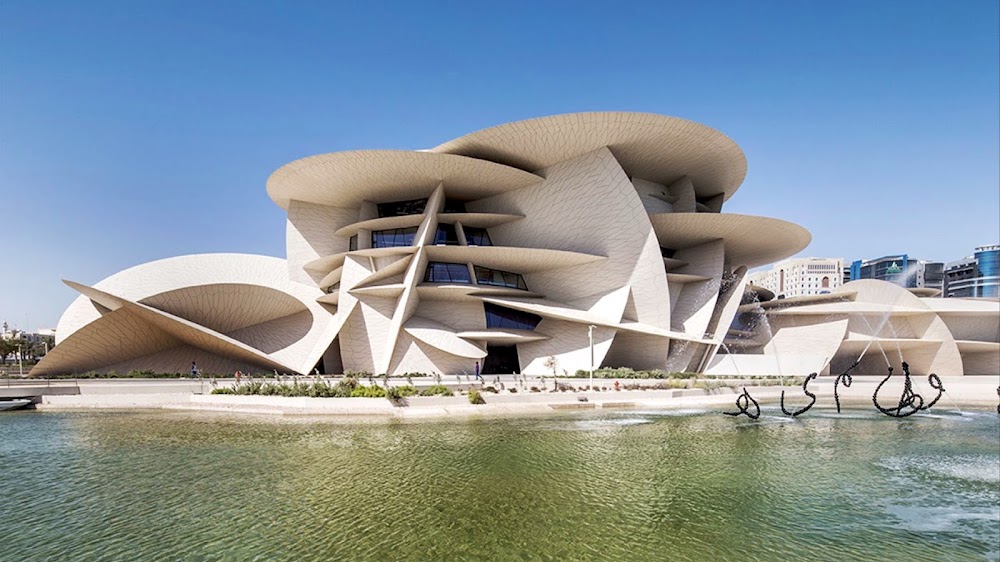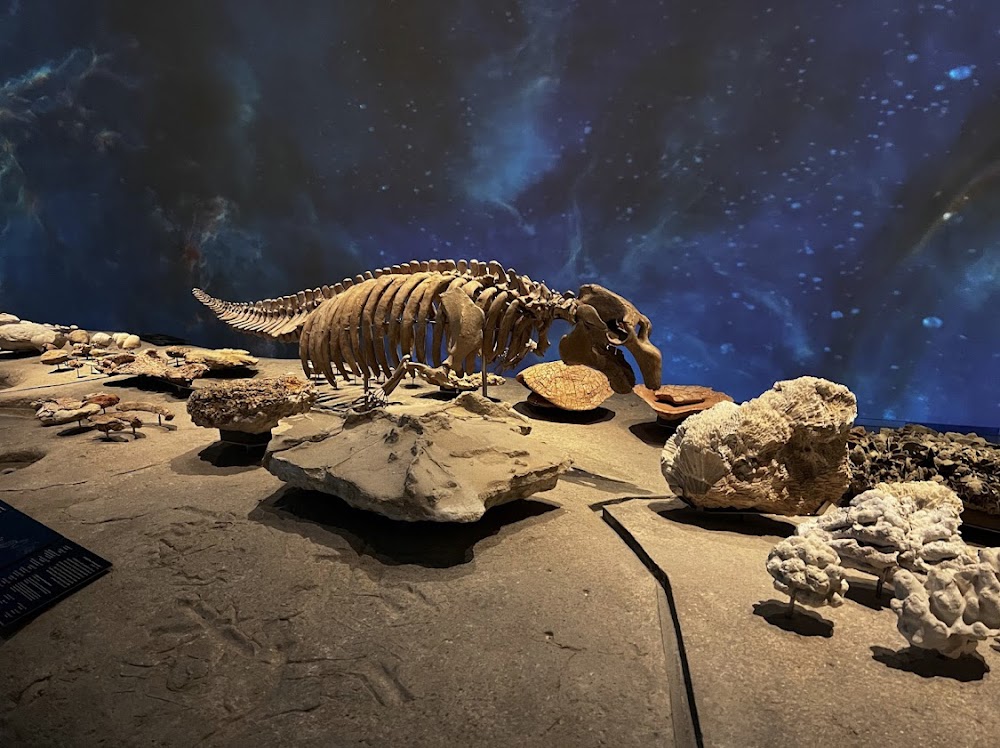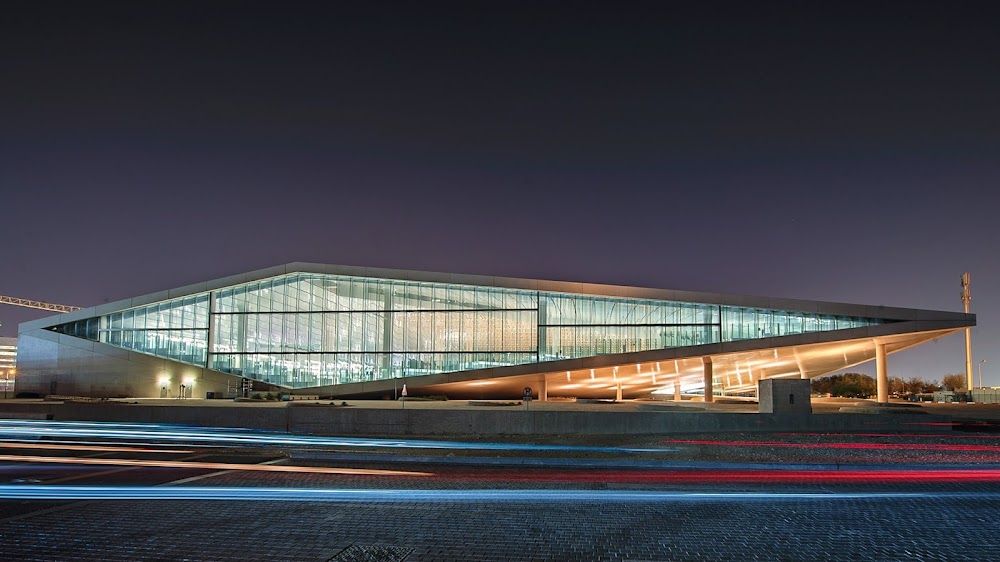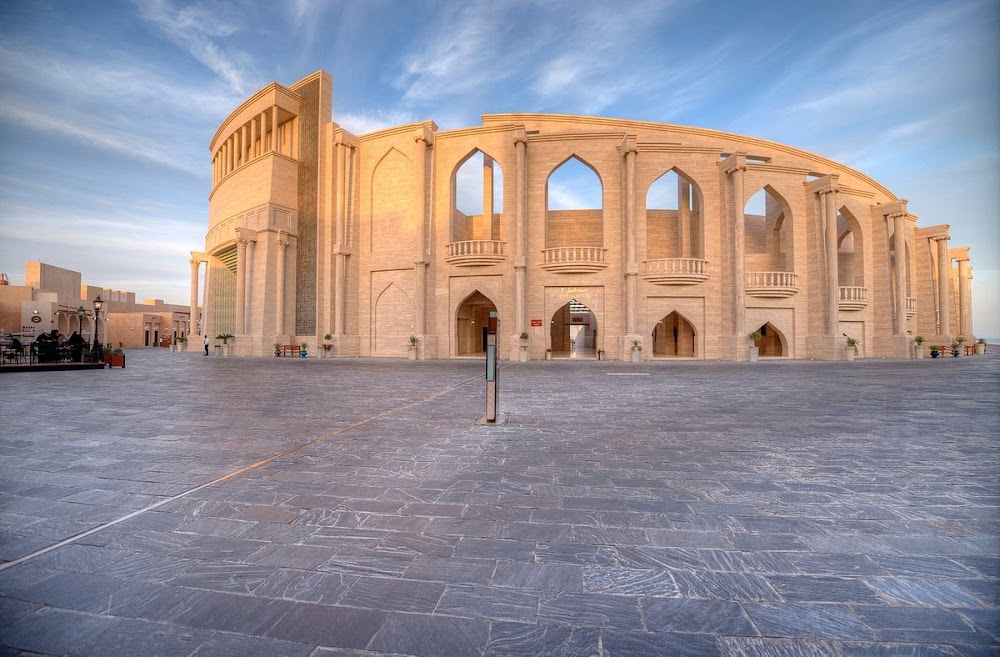National Museum of Qatar (المتحف الوطني لدولة قطر)
Overview
The National Museum of Qatar, situated in the vibrant heart of Doha, is not only an architectural marvel but also a profound reflection of the nation's rich history and dynamic culture. Designed by the acclaimed architect Jean Nouvel, the museum's structure is inspired by the stunning natural crystal formations known as desert roses. This distinctive design gives the museum its captivating appearance, firmly establishing it as an iconic landmark in Qatar.
The vision for the National Museum of Qatar was born from a desire to celebrate the nation's heritage while embracing its contemporary aspirations. Construction commenced in 2010 and took nearly a decade to complete. Spanning over 40,000 square meters, the museum features an intricate design of interconnected disks that create a fluid and dynamic structure. This thoughtful architecture symbolizes the interconnectedness of Qatar's past, present, and future, showcasing the beauty of natural formations.
One of the standout features of the museum is its innovative construction. The complex geometry of the building necessitated advanced engineering techniques and cutting-edge technology. Over 500,000 uniquely designed pieces were meticulously crafted and assembled to form the main structure. A blend of traditional building methods and modern techniques were employed, resulting in an impressive architectural achievement that is both functional and visually stunning.
Inside, the museum houses a series of immersive galleries that guide visitors through Qatar's history in a chronological journey. The exhibits are organized into three primary themes: Beginnings, Life in Qatar, and The Modern History of Qatar. These themes explore everything from the geological origins of the peninsula to the daily lives of its people and the rapid growth of the nation into a global powerhouse.
The galleries are designed to stimulate the senses, featuring interactive displays, audiovisual installations, and rare artifacts. A highlight of the museum is the restored palace of Sheikh Abdullah bin Jassim Al Thani, one of Qatar's most pivotal leaders. This historic building has been carefully preserved and incorporated into the museum, offering visitors a tangible connection to the nation's storied past.
Sustainability was a cornerstone of the museum's design and construction. The building incorporates features that significantly reduce energy consumption, including high-efficiency climate control systems and innovative water management solutions. Additionally, the use of locally sourced materials minimizes the environmental impact, aligning with Qatar's commitment to sustainable development.
In addition to its permanent exhibits, the National Museum of Qatar hosts a variety of temporary exhibitions, educational programs, and cultural events. These initiatives aim to deepen the understanding and appreciation of Qatari culture and heritage among both residents and visitors. The museum also features a research center dedicated to studying and preserving Qatar's natural and cultural history.
More than just a venue for artifacts, the National Museum of Qatar serves as a vibrant cultural hub that embodies the nation's identity and aspirations. The creation of this magnificent space involved the collaboration of numerous professionals, including architects, engineers, historians, and local artisans, whose combined efforts resulted in a meaningful and beautiful environment.
Today, the museum stands as a powerful symbol of Qatar's dedication to preserving its heritage while looking toward the future. With its striking design, innovative construction, and engaging exhibits, it is a must-visit destination in Doha, offering an unparalleled experience of the country's rich cultural tapestry.







